Freeze Dried Antarctic Krill
$37.98 – $68.36
Antarctic Krill harvested in the cold waters of the Antarctic.
Description
Healthy Koi® Antarctic Krill harvested in the cold waters of the Antarctic. It is the primary diet of the humpback whale and a much-researched species of plankton. The abundance or lack thereof is believed to be directly related to the planet’s climate changes. The food value of this crustacean is very high, providing a high protein, valuable nutrients, and minerals, some of which are not found in other foods. Its exoskeleton contains high levels of natural color-enhancing pigments in the form of astaxanthin.
Krill is also among the most costly of food for your fish. The distance it must travel to reach our market and the difficulty in harvesting in cold waters are the significant factors. Its superior nutrient value keeps it a much-used ingredient in many prepared foods and also used as a secret breeding conditioning food for many breeders Our Krill is adequately harvested and handled with minimal damage to the exoskeleton and frozen immediately aboard ship. It is then especially freeze-dried, allowing a superior end product not duplicated by others. We feed mixed in with Healthy Koi® Food diet.
Healthy Koi® Freeze Dried Antarctic Krill is very light in weight per volume
1/2 lb. Bag $ 37.98 – lb.
COMPLETE KOI FOOD with COLOR
Koi are only able to exhibit pigments if they receive them (or their precursors) in their diet. Each type of chromatophore in the skin stores and exhibits a different carotenoid (a group of natural pigments). For example, a melanophore will store black pigment while erythrophores will store red pigments and only those colors that a koi exhibits can enhance by feeding a carotenoid-rich diet. Carotenoids are organic, unstable compounds that are closely related to Vitamin A, imparting color by the way they absorb and reflect light. Those pigments at the lower end of the spectrum (lutein) will produce yellow pigmentation, while those higher up the spectrum (astaxanthin) will produce the more desirable red pigmentation. As carotenoids degenerate over time (in the same way as vitamins), koi colors can fade.
In the same way, as a car needs to be filled up with gas to keep it running, so a koi’s color-tank needs to be topped up for a koi to maintain its vibrant coloration. Carotenoids are, of course, not unique to the world of koi. They occur naturally in a range of natural products from tomatoes, peppers, flowers, insects (ladybugs – cochineal food coloring) and many aquatic organisms such as lobster and krill.
Synthesized by plants and algae and then passed up the food chain. For example, marine algae will be consumed by filter-feeding crustacea, which inadvertently pass on their pigmentation to wading flamingos, which will adopt a similar pinkish color. The algae consumed by krill will be rich in pigments such as carotene, lutein, and zeaxanthin (which are not pink) and upon assimilation, krill can convert these carotenoids into the red pigment astaxanthin (named after the lobster – Astacus).
Additional information
| Weight | N/A |
|---|---|
| Dimensions | N/A |
| Freeze Dried Antarctic Krill Types | Healthy Koi Premium Freeze Dried Antarctic Krill 8 oz., Healthy Koi Premium Freeze Dried Antarctic Krill 1 lb. |

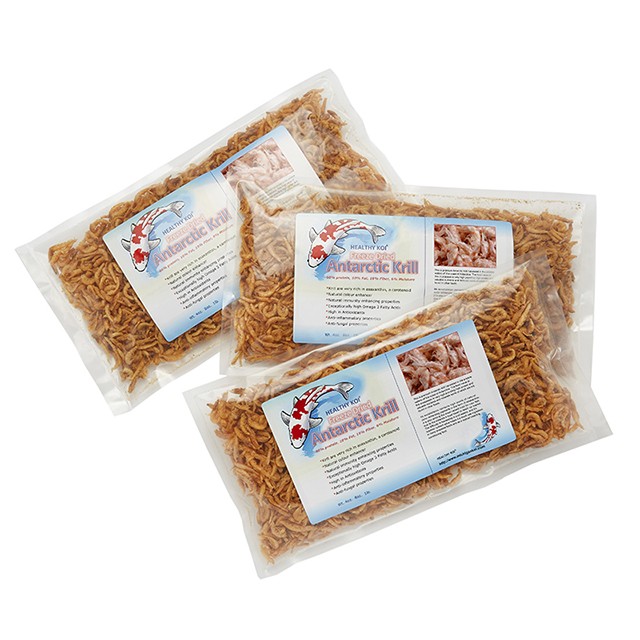
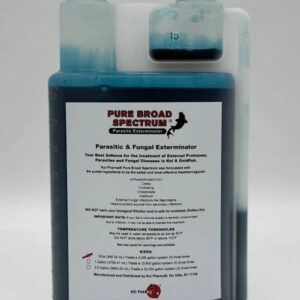
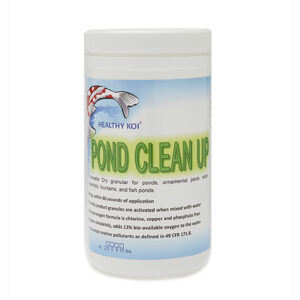
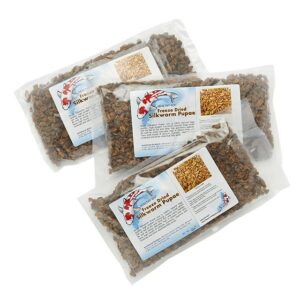
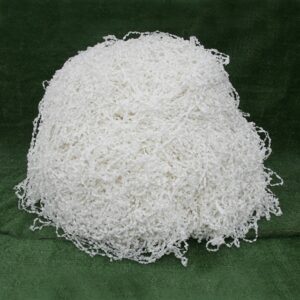
Reviews
There are no reviews yet.